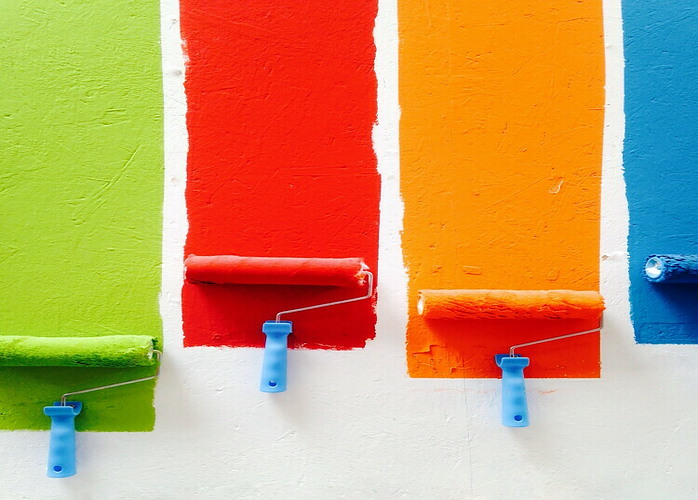Mastering Color Grading in Video Editing: A Comprehensive Guide
 Introduction
Introduction
Color grading is a crucial aspect of video editing that can transform your footage from ordinary to extraordinary. It allows you to set the mood, enhance storytelling, and create a visually stunning cinematic experience. In this comprehensive guide, we’ll delve into the art and science of color grading, providing you with the knowledge and tools to master this essential skill in video editing.
### Understanding the Basics of Color Grading
1. **The Purpose of Color Grading**
– Color grading is the process of adjusting the colors and tones in your video to achieve a specific look or mood. It can make your footage more visually appealing, convey emotions, and create a consistent style throughout your video.
2. **Color Correction vs. Color Grading**
– Color correction focuses on fixing technical issues in your footage, such as exposure and white balance, to ensure accurate colors. Color grading, on the other hand, is about creative manipulation to achieve a desired aesthetic.
### Setting Up Your Workspace###
3. **Choose the Right Software**
– Invest in professional video editing software like Adobe Premiere Pro, DaVinci Resolve, or Final Cut Pro, as they offer advanced color grading tools and flexibility.
4. **Calibrate Your Monitor**
– To make accurate color judgments, calibrate your monitor using hardware or software calibration tools. This ensures that what you see on your screen matches the final output.
### The Color Grading Process###
5. **Understand Color Wheels and Curves**
– Learn how to use the color grading tools, including color wheels (shadows, midtones, and highlights) and curves. These allow precise adjustments to exposure and color balance.
6. **Work with LUTs (Look-Up Tables)**
– LUTs are pre-made color grading presets that can quickly transform your footage. Experiment with various LUTs to find the desired style for your project.
7. **Use the Three-Way Color Corrector*
– This tool enables you to make adjustments to shadows, midtones, and highlights individually, giving you fine control over the look of your video.
8. **Apply Masks and Qualifiers**
– Create masks to isolate specific areas of your video for targeted color grading. Qualifiers allow you to select specific color ranges for adjustments.
### Enhancing Skin Tones and Colors###
9. **Achieving Natural Skin Tones**
– Correct skin tones by focusing on the midtones and adjusting them until they appear natural. Avoid oversaturation or color shifts that make skin look unnatural.
10. **Enhancing Colors**
– To make specific colors pop, use the color grading tools to selectively boost or desaturate certain hues. This can create a vibrant and visually appealing look.
### Creative Color Grading Techniques###
11. **Creating a Mood**
– Adjust the overall color tone of your video to convey emotions or create a specific atmosphere. For example, warm tones can evoke a sense of nostalgia, while cool tones can imply a futuristic or melancholic mood.
12. **Creating Contrast**
– Enhance visual impact by increasing the contrast between colors. Use complementary color grading to make objects or subjects stand out.
### Testing and Iteration###
13. **Viewing on Different Screens**
– Test your color-graded video on various screens and devices to ensure consistency in the final output. Colors can appear differently on different displays.
14. **Feedback and Revisions**
– Seek feedback from peers or clients and be open to making revisions based on their input. Collaborative feedback can lead to a more polished end product.
### Conclusion###
Color grading in video editing is both an art and a science, allowing you to add depth, emotion, and visual impact to your videos. By understanding the fundamentals, working with the right tools, and applying creative techniques, you can master the art of color grading and elevate the quality of your video projects. Remember that practice and experimentation are key to becoming proficient in this essential aspect of video editing.
If you have a video project then do not hesitate to call Alan on +44(0)7539141257 or +44(0)3332241257, schedule a call with Alan on https://calendly.com/alanje or drop an email to alan@alpusgroup.com.
0 Comments